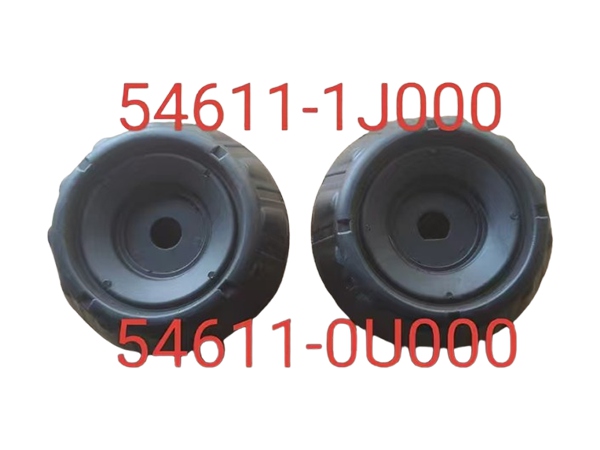
Automobile parts processing
Description: Automobile parts processing encompasses the vast array of manufacturing and finishing operations that transform raw materials into the precise components that make up a vehicle. It is a multi-stage, highly technical field that blends tradit...
Mobile:+86 15833366044
Email:info@hengyuntaimetal.com
Product Description:
Automobile parts processing encompasses the vast array of manufacturing and finishing operations that transform raw materials into the precise components that make up a vehicle. It is a multi-stage, highly technical field that blends traditional craftsmanship with advanced digital technology to achieve the stringent requirements of the automotive industry for safety, reliability, and performance.
The journey begins with the initial forming of raw materials, which are most commonly steel, aluminum alloys, plastics, and composites. Key processes here include stamping, where massive presses use dies to punch and form sheet metal into body panels and brackets. For more complex, high-strength parts like engine blocks or transmission cases, casting (pouring molten metal into molds) or forging (shaping metal with extreme pressure) are employed.
These rough components, known as "blanks," then undergo a series of machining operations. This is where Computer Numerical Control (CNC) machining takes center stage. CNC mills, lathes, and grinders use computer-guided tools to cut, drill, and shape the blanks with micron-level accuracy, creating critical features like engine cylinders, threaded holes, and precision surfaces. This stage ensures parts meet exact dimensional tolerances for perfect fit and function.
Beyond shaping, processing also includes treatments to enhance material properties. Heat treatment hardens metals like gears and shafts for wear resistance. Surface finishing processes such as plating, painting, and galvanizing are applied to protect parts from corrosion and wear. Finally, components from various lines are assembled into larger systems—like engines, brakes, or dashboards—through a combination of automated robotics and skilled manual labor, ready for installation on the vehicle assembly line.
In summary, automobile parts processing is a sophisticated symphony of manufacturing disciplines. It is the essential bridge between design and assembly, turning conceptual designs into the tangible, high-quality parts that ensure a vehicle's safety, efficiency, and longevity.
-

Common Issues and Safety Hazards of Insulation Layer Damage in Battery Press Plates
2025-08
-

In-Depth Analysis of Loosening Issues in Automotive Hardware Fittings
2025-08
-

Quality Control and Inspection Methods for Automotive Hardware Fittings
2025-08
-

Automotive Metal Stamping Parts: Process, Applications, and Advantages
2025-08




